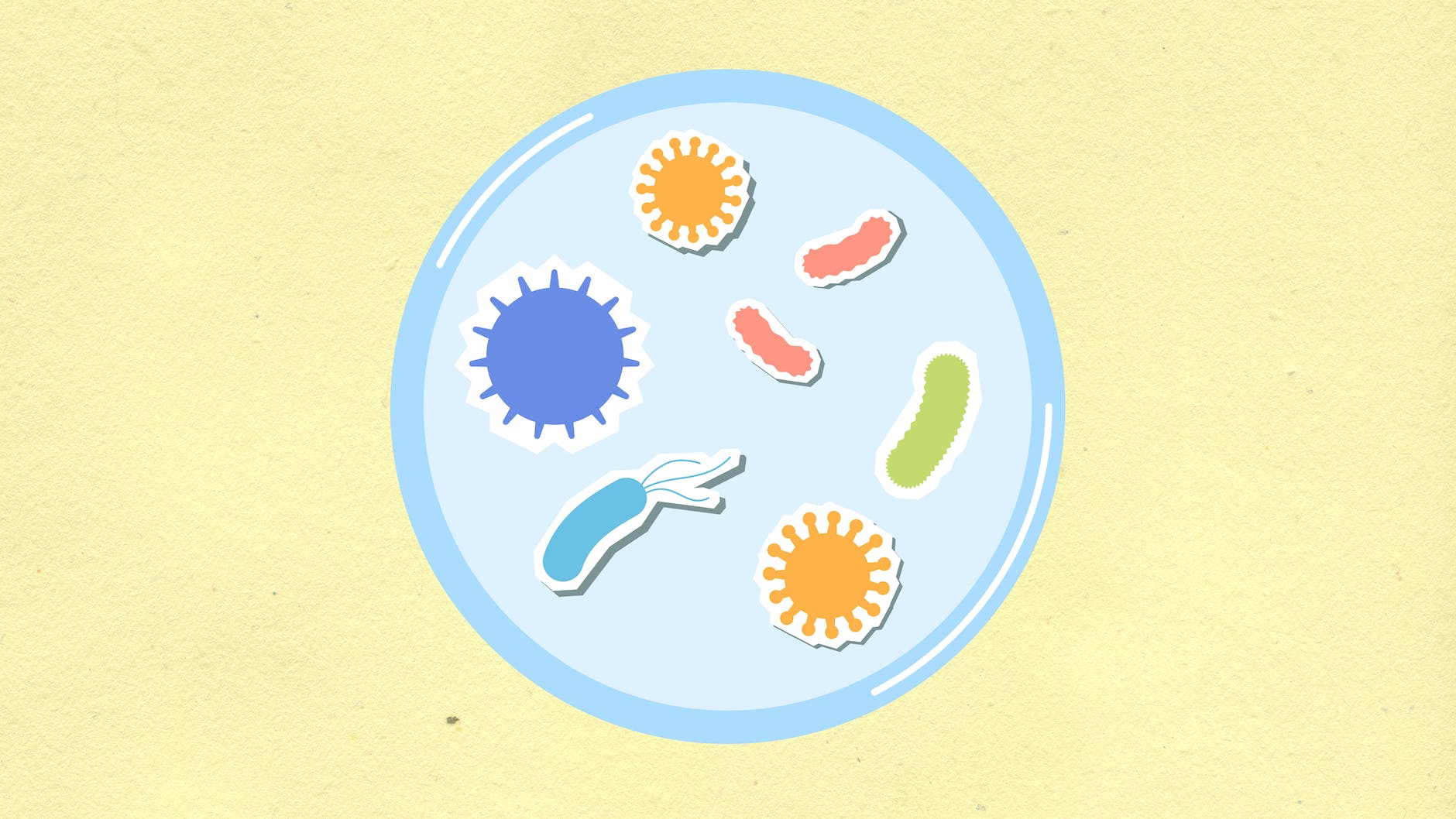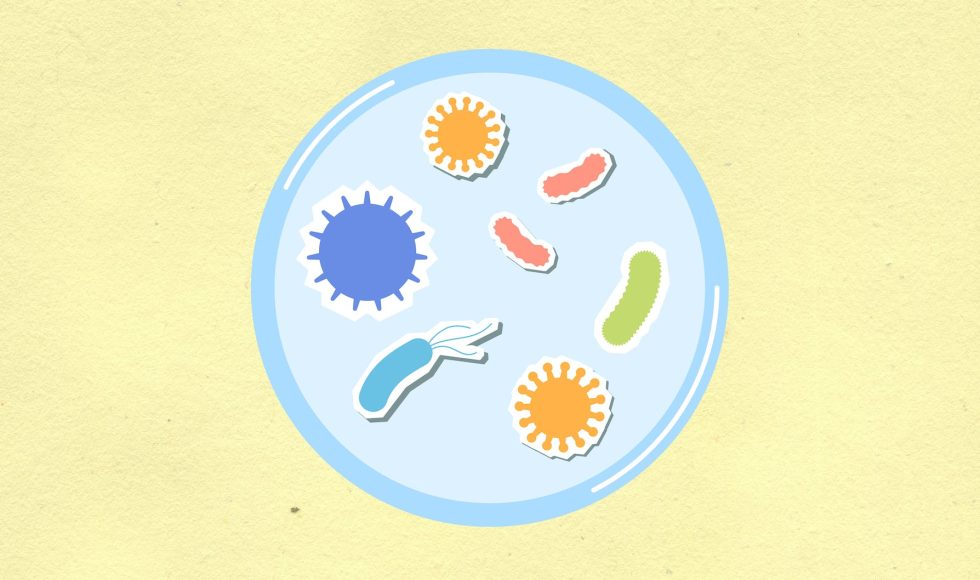I realized I had skipped a Microbrew session! So, tonight I watched the ASMCUE 2022 microbrew entitled “Microbrew. MicroCURE – A Hybrid, Team Approach to Course-based Research Experiences.” Michael LaMontagne and Caroline Kmiecik teach this course-based undergraduate research experience (CURE) at the University of Houston Clear Lake. The student learning goals LaMontagne stated were primary microbiology techniques and teamwork. Their institution is a regional primarily undergraduate institution without graduate programs. LaMontagne noted that students often were working and had busy schedules. LaMontagne explained how CUREs improve retention and offer research experiences to more students. LaMontagne sent a survey to 92 microbiologists who teach laboratory courses in Texas and Louisiana as part of research for a grant proposal. Thirty two people responded and almost all follow the traditional model. In Texas, specific microbiology skills are required. Interestingly, LaMontagne’s research indicated that often these skills don’t align with what workforce employers want. The MicroCURE they developed uses MALDI-TOF to identify microorganisms. They mentioned the cost is “pennies” and students can do multiple isolates. A title of a slide noted that: the rebirth of culture in microbiology through the example of culturomics.” LaMontaigne published an article in 2021 in PeerJ using MALDI-TOF MS for the identification of endophytes and rhozobacteria cultured from the microbiome associated with maize. During the CURE, students complete core skills training and then validate protocols including ethanol precipitation. Teams assign tasks and not everyone does the same procedure. Students can practice the techniques through a virtual simulation before they come to the lab. LaMontaigne cited NSF RAPID and NSF HSI-STEM funding. Their virtual simulation was coded by collaborators. Interestingly, they suggested sending their samples out for MALDI-TOF. LaMontaigne explained that the spectra forms a pattern that is like a fingerprint. They have also developed a web-based app to work with the data. I’m intrigued by the core lab at Penn State that they mentioned and the costs. I wonder if we could do this!?



